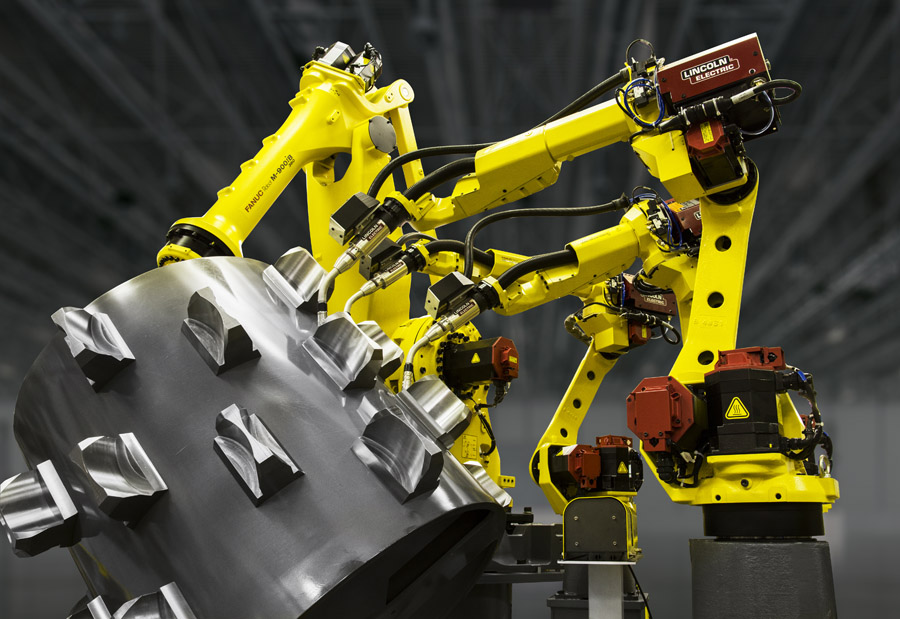 The global robotic welding market was valued at US$ 4,397.73 million in 2021 and is projected to reach US$ 11,316.45 million by 2028; it is estimated to register a CAGR of 14.5% from 2021 to 2028, The Insight Partners reports.
The global robotic welding market was valued at US$ 4,397.73 million in 2021 and is projected to reach US$ 11,316.45 million by 2028; it is estimated to register a CAGR of 14.5% from 2021 to 2028, The Insight Partners reports.
According to the market research firm, the robotic welding market size is driven by increasing adoption of welding robots in the automotive industry and industrial 4.0 to drive demand for industrial robots. The spot welding segment led the global market with a market share of 61.6% in 2020 and expected to account for 56.9% of the total market share in 2028.
Competitive landscape and key developments
In 2021, ABB acquired ASTI for US$ 190 million to expand its autonomous mobile robots (AMR) business. In April 2021, FANUC demonstrated a wide range of CNC and robotic solutions at FABTECH.
Governments in Asia Pacific have committed to using a WGA to implement Industry 4.0 and the overall digital transformation of society, although the degree and process of WGA vary across countries. The 2020s will be pivotal for Asia Pacific countries in the digital society journey. During this decade, the growing emphasis on intelligent connectivity will play many crucial roles in enhancing societies and economies. This period also coincides with the COVID-19 pandemic, which will in part be defined by the accelerated shift to digital platforms for work and social activities and the realization of Industry 4.0. The growth of the robotic welding market can be attributed to several government initiatives such as Make in India and Made in China 2025 and the robotic revolution. In addition, an increase in the adoption of automated systems in automotive and electronics sectors, improved and safe working conditions, and technological advancements are projected to propel the robotic welding market growth.
Robotic welding market: end-user overview
Based on end-user, the robotic welding market is segmented into automotive and transportation, electrical and electronics, metal and machinery, and construction. In 2021, the automotive and transportation segment led the robotic welding market and accounted for the largest market share. Welding robots are a critical part of these industries' operations. The transportation industry turned to automated robot systems in the 1980s to improve their products and keep up with the increasing demand.
The automotive manufacturing industry has long been one of the quickest and largest adopters of robotic welding, which is driving the robotic welding market. Robots are used in nearly every part of automotive manufacturing in one way or another, and it remains one of the most highly automated supply chains in the world. Increasing demand for cars worldwide puts pressure on the transportation industry and automotive sector to raise production, thereby fueling the growth of the robotic welding market.
Impact of COVID-19 pandemic on Europe robotic welding market
The emergence of the COVID-19 virus has impacted businesses' revenue stream and operations in the robotic welding market in Europe. For instance, the COVID-19 outbreak significantly impacted the operations of ABB Ltd, leading to an increase in backlog orders in 2020, while KUKA AG was able to manage its supply chain and meet its stipulated delivery timelines in 2020.
Meanwhile, the demand from automotive end-users was at the lower side in 2020 and 2021, which affected the robotic welding market growth. However, nonautomotive end users such as electronics and metal and machinery end users have showcased a positive trend in the adoption of welding robotics from Q1 of 2021, owing to ongoing skilled labor shortage, which positively influenced the growth of the robotic welding market from 2021.














